Past and Present: The Brevoort Theater
A look at Brooklyn, then and now. Photographs are a time machine, allowing us to see into the past, to people and streetscapes that are long gone, without a trace. Cities and neighborhoods evolve, and often, what was important to a population at one time, is no longer important later. This is especially true with…


A look at Brooklyn, then and now.
Photographs are a time machine, allowing us to see into the past, to people and streetscapes that are long gone, without a trace. Cities and neighborhoods evolve, and often, what was important to a population at one time, is no longer important later. This is especially true with cultural and entertainment venues, where the tastes and technology of the times change, and there is no public interest in preservation.
I recently came across this photograph of the Brevoort Theater. It was on Ebay, and the seller, perhaps trying to discourage people like me who source pictures from Ebay all the time, held the photo up so that the edge curled down, and then took the picture, instead of laying it flat on a table. I cropped out their fingers, and unfortunately, also the caption printed on the bottom right side identifying the theater and its location. That’s why the left side looks like the building is leaning; it’s not. The Brevoort was on Bedford Avenue, and a bit of research placed it on the corner of Bedford Avenue and Brevoort Place, a block away from Fulton Street.
As I write often, theaters were once everywhere in Brooklyn. Before television, or even radio, people left their homes and went to the theater often. First they enjoyed stage shows, vaudeville and variety acts, then silent films, and later, the glories of black and white talkies, and then the wonder of Technicolor. Theater was relatively inexpensive, and as the movie industry grew, so too did the popularity of movie houses, where an evening of escape into another world cost only a few coins. Most neighborhoods had several theaters. A large neighborhood like Bedford had even more.
The Brevoort Theater was designed by R. Thomas Short. He was partners in the firm Harde and Short, which was responsible for some very interesting apartment buildings in Manhattan, including the Baroque fantasy which is the Alywn Court Apartments on West 57th Street, near Central Park. More locally, he designed the fantastic Kismet Temple, just around the corner from here, on Herkimer Street, a Moorish style clubhouse for the Shriners. That building is Friendship Baptist Church now.
The Brevoort is not nearly as good as either one of those, but it was a fine movie theater. It was commissioned by A. H. Schwartz, a prolific entertainment impresario, who engaged Short for a number of his projects. When the theater was finished in 1918, it was hailed as Brooklyn’s largest movie theater, a title that it would soon lose, but certainly another indication of the importance of the Bedford neighborhood. The first show was a patriotic film called “My Own United States.” America had just entered World War I, and the opening was used as a patriotic rally, with singing, flag waving and an appeal to buy war bonds.
The Brevoort had an orchestra pit, as the house engaged a symphony-sized orchestra to play for the evening shows, and during intermissions. In 1919, they were replaced with a large $25K Moller pipe organ. The theater was tastefully decorated inside with a classical motif, with columns, painted ceilings, lots of drapery, and an auditorium with seating for 1,800 and 700 more in the balcony. The mezzanine had a large lounge with a fireplace and tables and comfortable chairs, restrooms, a smoking room for the men and special theater boxes where smoking was permitted. The newspaper article noted that special ventilation was installed for these smoking boxes.
A year after opening, the theater was sold to the Loew’s chain, and as the decades passed, it became a first run movie house, until Loew’s purchased the Bedford Theater, up the street on Bedford and Bergen Street. The Brevoort became a second run theater after that, but still a popular destination. By 1960, it began to gain attention, not for its movies, but as a performance venue similar to the Apollo Theater in Harlem.
By this time, Bedford Stuyvesant was a predominantly black community, and the theater, which you will remember, had a stage and orchestra pit, became Brooklyn’s Apollo, with weekend stage shows featuring the talents of the great Rhythm and Blues giants like Sam Cooke, James Brown, Jackie Wilson, Otis Redding, Smokey Robinson & The Miracles, The Four Tops, The Temptations, Marvin Gaye, Stevie Wonder, The Supremes, Sam & Dave, Dionne Warwick, Gladys Knight & the Pips, Pattie LaBelle & the Bluebells, The Manhattans, and more. Unfortunately, these shows didn’t last long.
But, as I’m sure you’ve guessed, even if you didn’t see the photograph of the present, the theater didn’t survive. It closed for good in the 1960s, and was torn down in 1968. In its place was built an incredibly banal, Soviet-style social services building, this one for Children’s Services. I doubt this building will last as long as the theater. I predict condo towers in the next ten to fifteen years. The building in the background of the period photo, with the arched windows, was called the Brevoort Hotel, and later, the Halliday Building. It took up the entire block of Bedford, between Fulton Street and Brevoort Place. It was one of Montrose Morris’ designs, and was the largest building on Fulton Street. It was torn down long ago for a taxpayer storefront building, which was renovated into the Masjid At Taqwa mosque. GMAP
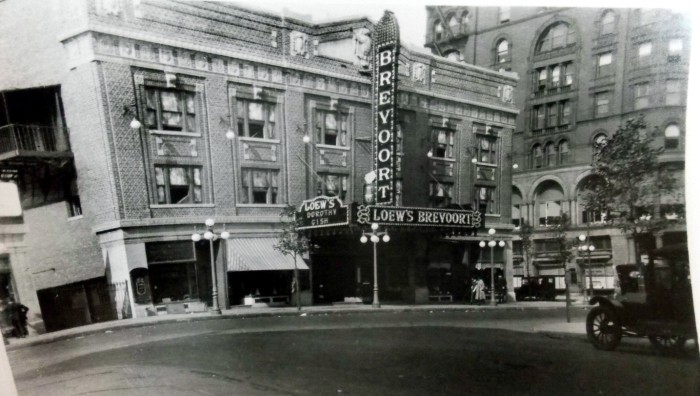
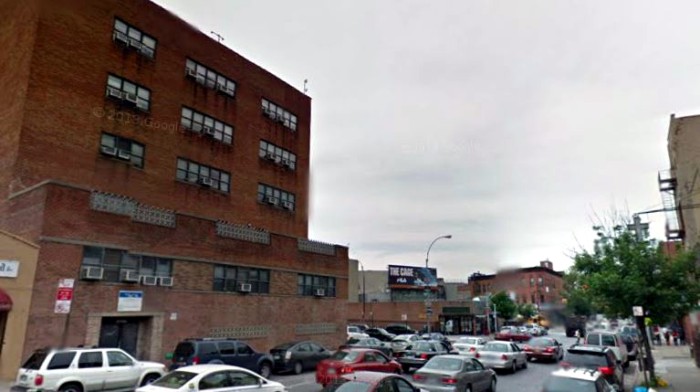
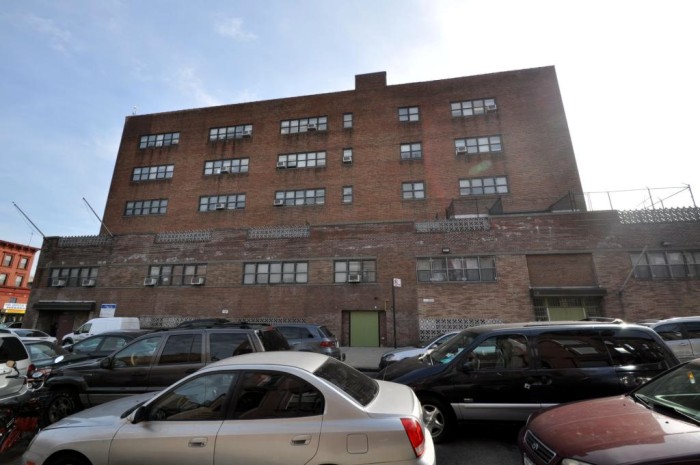
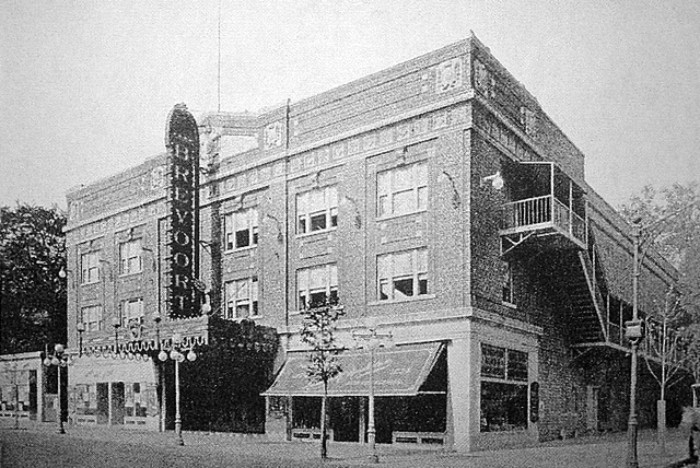
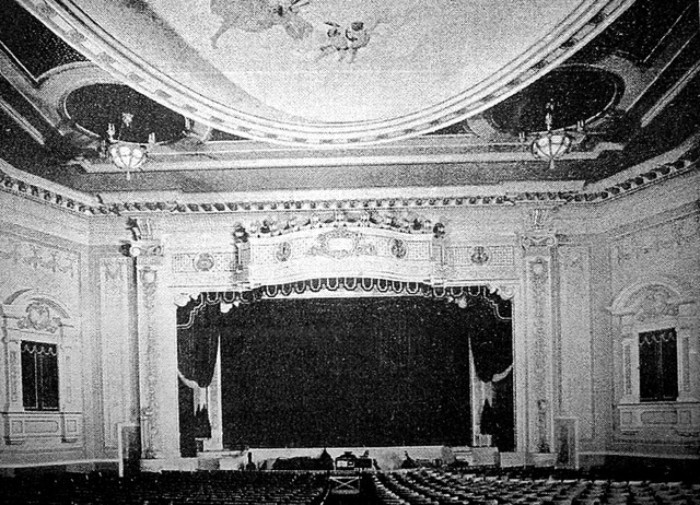





What's Your Take? Leave a Comment